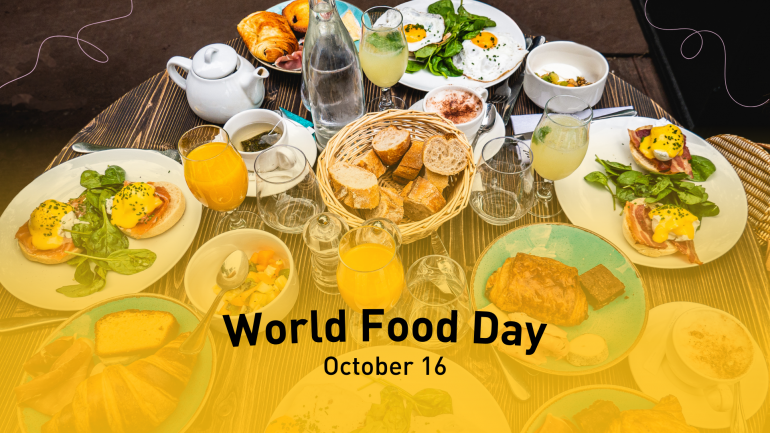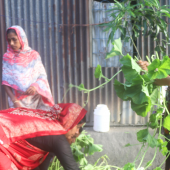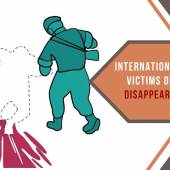World Food Day

World Food Day is celebrated annually on October 16 to promote global awareness and action for those who suffer from hunger and to highlight the need to ensure healthy diets for all.
Health is wealth. If we eat healthy or good food, then we can save our lives. Good food means nutritious food that is healthy, tasty, and produced in a nature-friendly way by farmers, fisher folks, or food producers who get a decent price for their products.
In recent years, World Food Day has used its annual day of celebration to focus on different aspects of food security and agriculture, including fishing communities, climate change, and biodiversity.
We need to build a sustainable world where everyone, everywhere, has regular access to enough nutritious food.
Historically, World Food Day was established in 1945 by the Food and Agriculture Organization (FAO), a specialized agency of the United Nations.
But it would be another 34 years before it was recognized as a world holiday at the 20th (FAO) conference in November 1979. Following this, 150 countries proceeded to celebrate the day once it gained official recognition from the United Nations.
Since 2014, the popularity of the day has been used to promote the idea of feeding the world and eliminating poverty in rural nations.
Many other organizations concerned with food security, such as the World Food Programme and the International Fund for Agricultural Development, also celebrate the day.
This year, World Food Safety Day highlights the theme "Safer food, better health." Safe food is essential to human health and well-being and is one of the most critical guarantors of good health.
The benefits of safe food include improved nutrition and reduced absenteeism in schools and in the workplace.
The main principle World Food Day celebrates is the furtherance of food security all over the globe, especially in times of crisis.
This global event marks a day calling for worldwide awareness and collective action to combat the issue of hunger and ensure healthy diets for all.
World Food Day might be a great time to understand where food comes from by visiting a local farm or dairy or even visiting an open kitchen restaurant to see the time and effort that goes into creating such delicious food.
Southern Asia has the highest rate of undernourishment (14.7%) and the highest number of hungry people in Asia. This region includes Afghanistan, Bangladesh, and India, among others (UNICEF/WHO/World Bank Group, 2018).
Regardless of the setting, poverty and inequality are the main causes of hunger and all forms of malnutrition across the Asia-Pacific region.
This most recent report on the state of food security and nutrition in Asia and the Pacific tells a grim story. An estimated 375.8 million people in the region faced hunger in 2020, which is nearly 54 million more people than in 2019.
Recently, there have been five reasons why the world is facing a global food crisis. These reasons create further problems for food insecurity and households.
1. Conflict is creating hunger.
2. The war in Ukraine’s Impact
3. The rising cost of living
4. Drought and severe weather
5. The effects of the pandemic
Some of the causes of food insecurity include poverty, unemployment, low income, lack of affordable housing, chronic health conditions or lack of access to healthcare, systemic racism and racial discrimination.
Here are some of the possible solutions to food insecurity. We need to reduce food waste, reduce the risk of commercializing, improve existing infrastructural programs, improve trade policies, promote diversification, close the yield gap, and work towards defeating climate change.
The most wasted foods include vegetables, cereals, and starchy roots. These foods are wasted during agricultural production and in postharvest storage.
So, food waste increases the need to produce more food. When not enough food is produced, people go hungry.
Let us all together help people to provide food for themselves in a sustainable way and provide access to education, which is the best defense against poverty and hunger.
Radio Veritas Asia (RVA), a media platform of the Catholic Church, aims to share Christ. RVA started in 1969 as a continental Catholic radio station to serve Asian countries in their respective local language, thus earning the tag “the Voice of Asian Christianity.” Responding to the emerging context, RVA embraced media platforms to connect with the global Asian audience via its 21 language websites and various social media platforms.













